Kampala metropolitan real estate market recovers from lows after pandemic
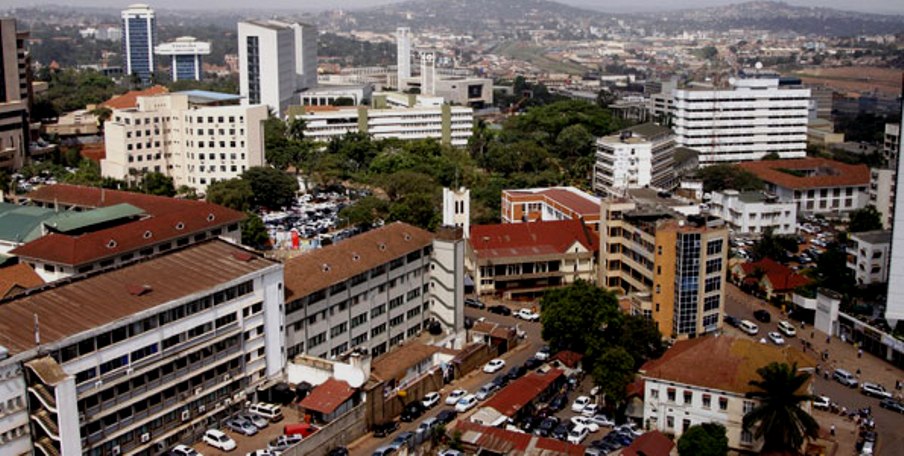 The report indicates the Kampala office market leasing activity for Grade A and B in the second half 2022 witnessed a solid recovery compared to the second half of 2021 with approximately 12,000 m². This space taken up was a combination of expansionary or consolidation-led and pent-up demand leasing as occupiers began to realign their business strategies after a lengthy hiatus post-Covid-19.
The report indicates the Kampala office market leasing activity for Grade A and B in the second half 2022 witnessed a solid recovery compared to the second half of 2021 with approximately 12,000 m². This space taken up was a combination of expansionary or consolidation-led and pent-up demand leasing as occupiers began to realign their business strategies after a lengthy hiatus post-Covid-19.
The latest real estate market report for the second half of 2022, published by Stanbic Properties Limited, a subsidiary of Stanbic Uganda Holdings Limited indicates a mixed activity performance in different spaces attributed to different factors.
The report indicates changes in price, demand and related variables for residential, office spaces in different parts of Kampala Metropolitan areas for the last six months of 2022 compared to the same period a year before.
Released this week in Kampala by SPL’s Chief Executive, Spencer Sabiiti and other company officials, the report indicates the Kampala office market leasing activity for Grade A and B in the second half 2022 witnessed a solid recovery compared to the second half of 2021 with approximately 12,000 m².
This space taken up was a combination of expansionary or consolidation-led and pent-up demand leasing as occupiers began to realign their business strategies after a lengthy hiatus post-COVID-19.
Class A properties represent the highest quality buildings with higher income tenants while class B properties tend to be a step down from class A properties.
The same space witnessed the equilibrium between personal and company preferences continuing to be tested with the advent of a new trend of hybrid workplace strategies featuring a mix of on-site and remote working with more focus on employee wellbeing.
On a yearly basis, rents for Grade A and B space remained stable in the second half of 2022 recorded at USD15 and USD 11/ m²/month respectively. Grade C rents declined by 12.5% from USD 8/m²/month registered in December 2021.
“Going forward, we anticipate office rents particularly for Grade A to remain on an upward trajectory in the next 12 months on the back of tight vacancy, robust demand and limited new supply for rent,” Spencer said.
Leasing demand in the two areas was driven by small consultancy firms and utility companies, according to the report. It adds that the over-saturation of Kampala’s office market has spurred the emergence of a nascent office market in the suburbs of Wakiso and Mukono, particularly on the upper floors of mixed-use buildings along the arterial routes. However, the bulk of office supply in these nodes is suitable for small and medium enterprises, start-ups and single-person occupiers.
The report reads in part,“H2 2022 witnessed a 4% annual increase in enquiries for office space when compared to December 2021. The weighted median rents for decent office space in buildings located along arterial routes out of Kampala stagnated at UGX 25,000/m² /month as of December 2022 except for Mukono Municipality which registered a 12.5% annual increase, up from UGX 20,000/ m²/month recorded for the same period in 2021.”
The Kampala retail market generally showed rising cost of living continuing to be the key challenge faced by most retailers in the period under review. This is evidenced by a 10.6% year-on-year increase in headline inflation recorded in November 2022 compared to 2.6% registered in November 2021 according to the Uganda Bureau of Statistics surveys.
In addition, the second half of 2022 witnessed a sense of normalcy return in Kampala’s prime retail malls and ‘business as usual’ is the attitude adopted by most retailers owing to a number of new openings registered.
Prime locations on the ground and first floors continued to be keenly sought after as retailers took advantage of tenant-favoured markets to secure more accommodative rents.
Furthermore, the shift to online consumption during the COVID-19 pandemic has come at the expense of physical retail. He said ,“We witnessed landlords and retailers in prime malls experimenting with diverse tactics to lure consumers back to brick-and-mortar retail stores. Some of the tactics included supplementary promotional events, thematic retail stores and extended display areas.”
The report adds that rents have shown little or no noticeable movements since 2021 with the highest rents stagnating between USD 22 to 27/m²/month for prime retail space on the lower floors and between USD 12 to 16/m²/month for large space occupiers on similar floors.
Going forward, the report anticipates a cautious expansion approach by retailers and developers as demand is expected to be relatively lethargic in the first half of 2023, with a recovery likely to pick up from the second half of 2023 onwards.
The report also anticipates an upsurge in the development of strip mall retail space, measuring up to 5,000 m² since they are easy to manage, typically requiring smaller shop sizes and lower upfront costs.
Beyond Kampala, the Wakiso and Mukono retail market weighted median retail rents decreased by 2.1% year on year from UGX 48,600 /m2/ month on the ground floor in December 2021 to UGX 47,580 /m2/ month recorded in December 2022. This is mainly attributed to the spillover effects of the high cost of living that wiped out the disposable incomes of predominantly middle-class consumers. The biggest price movements were registered in Entebbe and Kira municipalities at -10%.
According to the report, Kampala Residential Market Pearl Marina – Garuga Year-on-year rents for stand-alone houses stagnated in Kampala’s upscale residential suburbs of Kololo, Naguru, Nakasero and Bugolobi– were registered at a median price of USD 3,500 per month.
This was mainly due to the limited stock of bungalows as well as the nature of tenants, who typically sign up for long-term leases, particularly diplomats. The second half of 2022 saw an overall 5% annual reduction in rents for both 2 and 3-bedroom apartments in the high-end residential areas of Bugolobi, Nakasero, Kololo and Naguru with weighted median rents recorded at USD 1,900 and USD 2,375/month for 2 and 3-bedroom apartments respectively as of December 2022.
This was mainly attributed to a demand and supply disequilibrium with supply outstripping demand as the previous pipeline stock of apartments was completed.
Beyond Kampala, the report says, the middle-class settlements of Wakiso and Mukono registered annual weighted rental growth of 10% and 6% for 2 and 3-bedroom apartments per month respectively as of December 2022. This can partly be attributed to the scaling up of ongoing government road infrastructure projects in these locations which has in turn opened up these suburbs to residential developments.
In Kampala Metropolitan Industrial market, the SPL research team observed a partial crossover between retail property and warehousing properties in the second half of 2022. This is emphasized by the fact the new warehouses have the possibility to be used differently.
On the other hand, the team is projecting approximately 550 star-rated keys to be added onto the Kampala Metropolitan hospitality market in the next 12 months.
Additionally, they (the SPL team) registered a 13% weighted average increase in average daily rates (ADR) from USD 115 per night registered in December 2021 to USD 130 per night recorded in December 2022 for star-rated hotels, resulting in a revenue per room (RevPAR) rate of USD 75 as of December 2022. This is in agreement with the Uganda Bureau of Statistics producer price indices report of July-September 2022 that revealed that persistent annual price movements in accommodation services were registered at 9% compared to the same period in 2021.
The key drivers were mainly spillover effects of government incentives aimed at stimulating recovery of the tourism sector particularly capitalisation from the Uganda Development Bank (UDB) in form of soft loans with flexible terms. Primary research revealed that the emergence of the Ebola virus Sudan variant in the second half of 2022 clouded the full recovery of the hospitality sector to pre-pandemic levels, with approximately 19% of tourists postponing their accommodation bookings or cancelling their planned travels to Uganda and thus, dampening the recovery pace.
That said, the studied area recorded an 18% annual increase in occupancy from 40% registered in December 2021 to 58% recorded in December 2022.

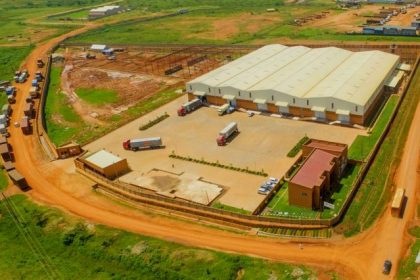 Knight Frank reports sustained demand for industrial space
Knight Frank reports sustained demand for industrial space
 Upturn in Kampala’s residential housing sector as economy recovers
Upturn in Kampala’s residential housing sector as economy recovers
 Uganda’s proposed tax changes may dampen investor confidence
Uganda’s proposed tax changes may dampen investor confidence
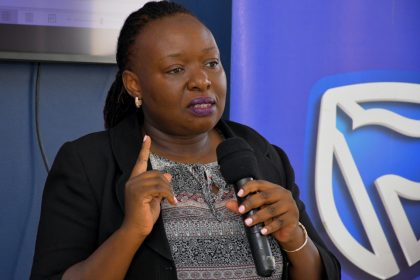 Stanbic Bank introduces insurance package to protect schools from risks
Stanbic Bank introduces insurance package to protect schools from risks
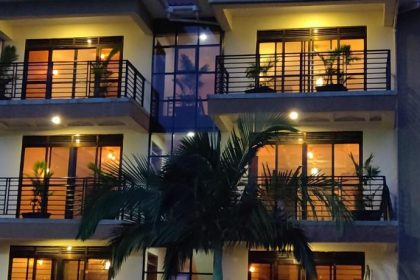 Emerging oil industry helps to revive Kampala high-end residential market
Emerging oil industry helps to revive Kampala high-end residential market
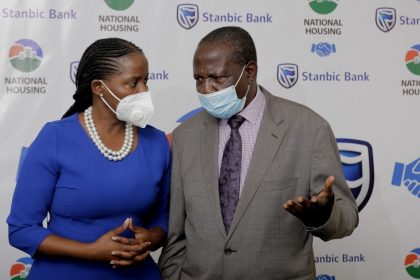 Stanbic subsidiaries in tripartite pact with National Housing company to develop real estate
Stanbic subsidiaries in tripartite pact with National Housing company to develop real estate
